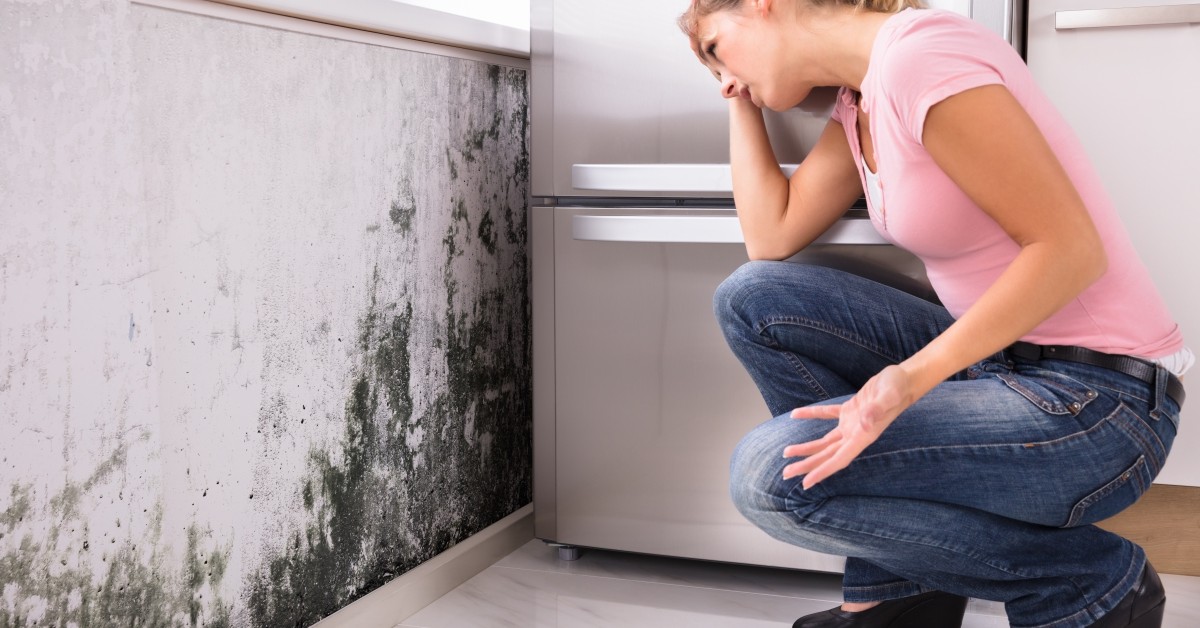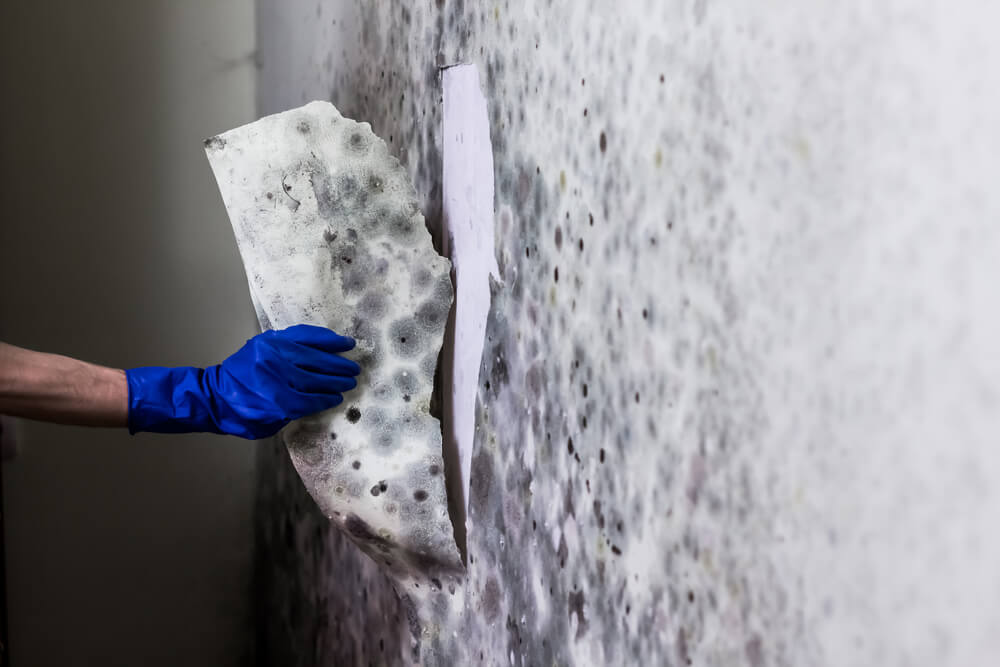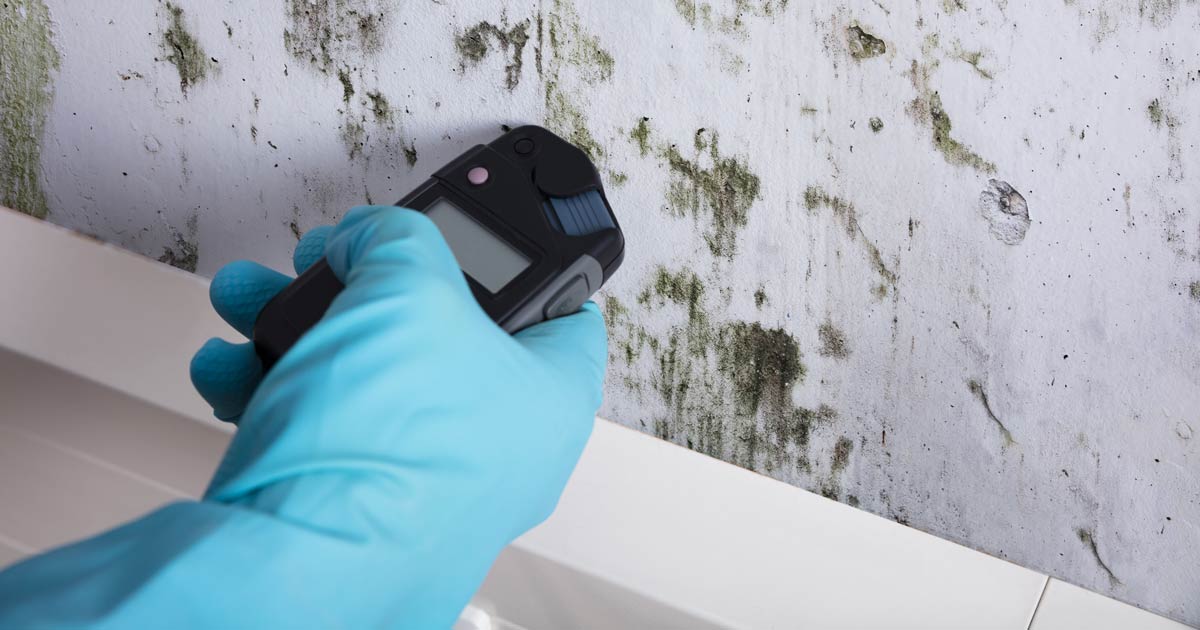Support on What to Do After Mold Remediation
Support on What to Do After Mold Remediation
Blog Article
Effective Post Mold Remediation Solutions for Your Home
Mold and mildew development in homes can be a relentless issue, often calling for a methodical strategy for efficient post-remediation solutions. From recognizing the elements that add to mold growth to executing proper cleansing methods and moisture control measures, the process can be intricate yet crucial for keeping a healthy living environment. Post Mold remediation cleaning.
Comprehending Mold And Mildew Growth Elements
Mold growth is affected by a range of elements that are essential to comprehend in order to effectively resolve and stop its spreading. Understanding these variables is crucial in applying successful mold and mildew removal strategies. The key element contributing to mold and mildew growth is dampness. Mold spores need moisture to sprout and grow, making moist or moist settings very at risk to mold and mildew problems. Poor air flow can likewise cause moisture accumulation, producing an excellent reproduction ground for mold and mildew.

Additionally, air movement and light exposure can affect mold development. Locations that lack appropriate ventilation and all-natural light are a lot more prone to mold development. By resolving these aspects comprehensively, individuals can successfully mitigate mold and mildew growth and secure their living environments.
Correct Mold Cleansing Techniques
Utilizing efficient cleaning techniques is vital in stopping the reoccurrence and resolving of mold contamination in indoor settings. When dealing with mold and mildew, it is vital to focus on safety and security by putting on protective equipment such as masks, safety glasses, and handwear covers. The primary step in correct mold and mildew cleansing is to have the damaged location to avoid the spread of spores to unpolluted locations. This can be attained by sealing the room and making use of air scrubbers or adverse air equipments to keep air top quality.

Applying Moisture Control Steps
To properly stop mold and mildew development and contamination in interior environments, applying wetness control actions is vital. Additionally, making sure correct air flow in areas vulnerable to moisture accumulation, such as washrooms and kitchen areas, can aid decrease the danger of mold and mildew growth. By carefully implementing these wetness control actions, property owners can successfully reduce the possibility of mold and mildew recontamination and keep a healthy indoor atmosphere.
Making Use Of Natural Remediation Solutions
After efficiently implementing wetness control procedures to protect against mold development in interior settings, homeowners can now discover the effectiveness of natural removal solutions in preserving a healthy and balanced home. All-natural removal solutions use eco-friendly techniques to battle mold and mold, making them a prominent option for those looking for non-toxic choices. see this page One such solution is utilizing vinegar, an all-natural antimicrobial representative, to tidy and disinfect surface areas infected by mold and mildew. Simply water down vinegar with water and spray it onto the impacted locations, permitting it to rest for a few hours before wiping clean. Additionally, tea tree oil, known for its antifungal residential or commercial properties, can be combined with water and sprayed onto mold-infested surfaces to more information prevent additional growth. One more natural option is hydrogen peroxide, which can efficiently kill mold on numerous surfaces without leaving hazardous residues behind. By incorporating these all-natural removal options right into their cleansing regimens, property owners can efficiently combat mold and mildew development while promoting a healthier interior setting for themselves and their families.

Keeping a Mold-Free Environment
In order to stop mold reoccurrence and make certain a regularly mold-free setting, it is important for home owners to execute proactive upkeep practices. Regularly checking locations vulnerable to mold growth, such as washrooms, attic rooms, cellars, and kitchens, is crucial. Attending to any leaks, water damages, or excess moisture immediately can dramatically reduce the danger of mold growth. Post remediation mold testing near me. Correct air flow in locations with high moisture levels is also key to preventing mold and mildew growth. Making use of dehumidifiers or exhaust followers can assist preserve optimum moisture levels and dissuade mold and mildew spores from growing.
Furthermore, keeping cleanliness in the home is vital for mold prevention. Keeping interior plants in check and making sure correct drainage in outside landscape design can minimize this wetness accumulation, lowering the likelihood of mold and mildew infestations.
Conclusion
In final thought, it is important to resolve mold growth variables, utilize correct cleaning strategies, execute moisture control steps, make use of natural remediation solutions, and preserve a mold-free setting in order to successfully handle blog post mold remediation in your house - After mold remediation. By following these techniques, you can protect against mold from recurring and guarantee a healthy and balanced living setting for you and your family
The main aspect adding to mold and mildew growth is moisture. Mold spores need dampness to sprout and thrive, making moist or damp environments highly vulnerable to mold problems.To effectively avoid mold growth and contamination in indoor atmospheres, carrying out dampness control actions is extremely important. Additionally, guaranteeing proper ventilation in areas prone to moisture buildup, such as restrooms and kitchen areas, can help decrease the risk of mold growth.After efficiently applying dampness control actions to stop mold and mildew growth in indoor environments, homeowners can currently discover the efficiency of natural remediation remedies in keeping a healthy and balanced living area.
Report this page